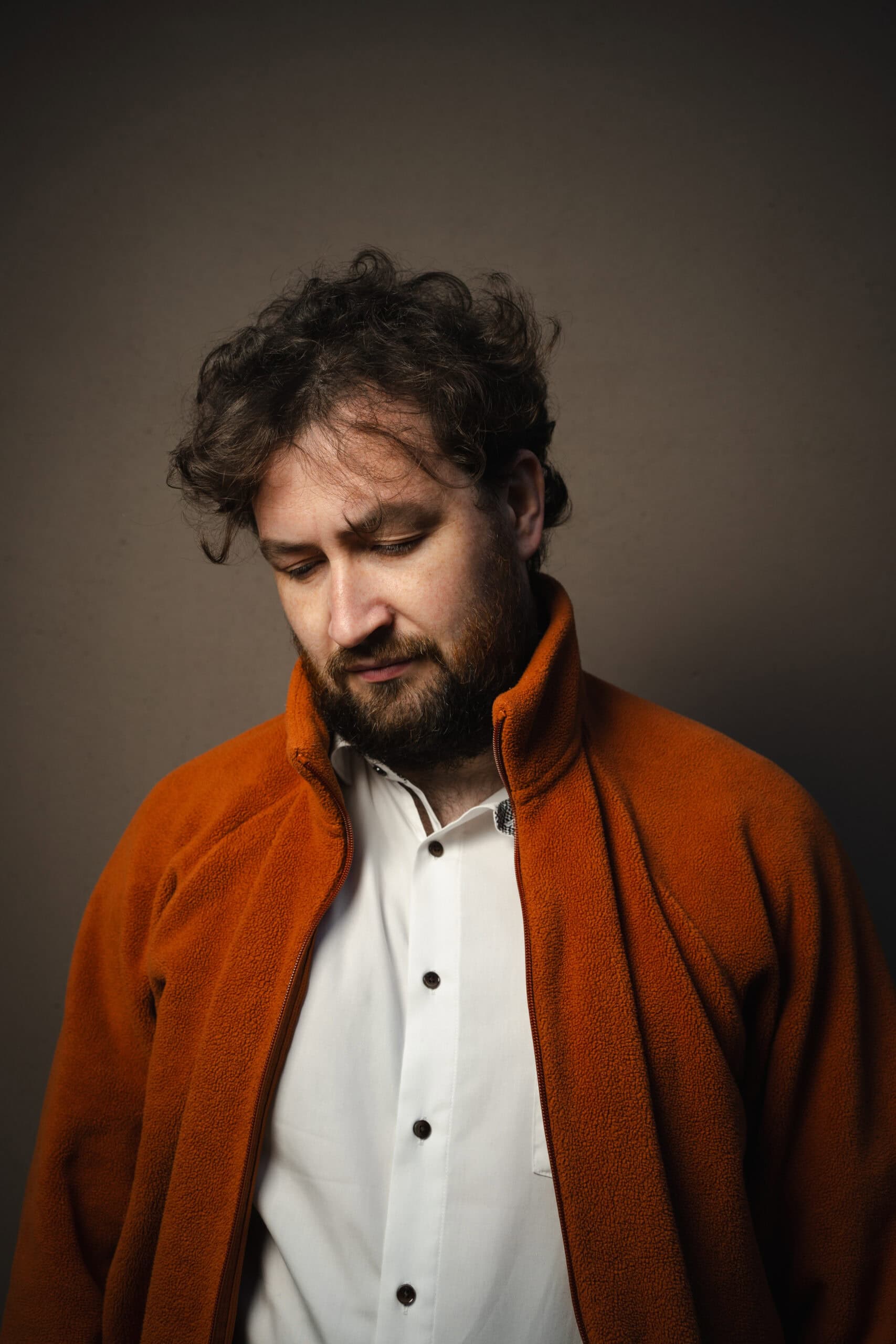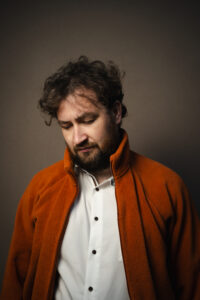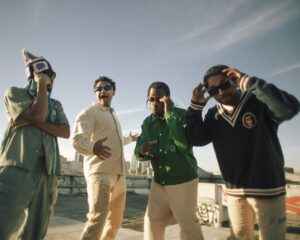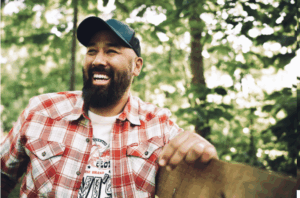Before We Die is your second album — how does it differ from your debut?
My first album was a lot of learning and I really just wanted to do it, and see what it was like to do it. It takes a lot more time than you think and you learn a lot about releasing, all the hats you have to wear, and there is an element of fear and excitement at the same time. It was a pandemic album, and for me it was trying to get something done in face of difficult times. Getting it done at all was a success. With my second album, I was less stressed about releasing, and I set myself a broader goal to be prolific. I really enjoy artists who just keep on releasing for them.
I think as an album the writing was much quicker, less time was spent playing the songs over and over, and then deciding to bring them into an album. I am constantly demoing, with my first album I was focused more on songs I liked to play live and the songs were very complete before I got people to play on them. The process in the second album was more collaborative, and a lot of the songs started with very simple ideas or very clear feelings and were made in the studio. My approach with releasing changed with the second album also, I wanted a target that made me write more and deliver more material, so I could see progress and get out of my own way a little. A monthly release schedule is challenging but they do not all have to be large productions either, and now that artists of all sizes are releasing demos, slowed down versions, acoustic versions etc. It is much easier to feel like your version of a song is ok, I actually think that it is nice to hear different levels of production, I think people can resonate with different things, and offering something that has taken less time can sometimes be refreshing. I look back now and I wonder how we got it done, but we did.
The idea that “we are all ghosts” runs through the record. What does that mean to you?
The album for me, when listened from start to finish, has constant reminders of people being here and not here at the same time (either physically or mentally) throughout. In deciding on a theme for the artwork, I was talking to Maria Murray and I remember talking about how we are all dying but living at the same time. Which for me was sort of comforting. I was also watching far too many sci-fi shows about parallel universes or quantum entrapment (I am an expert in neither). But I felt that in different dimensions we may be dead or alive, and that different people can leave such an impression on you, that you can carry them with you throughout your life. Or that our souls could be leaking from one dimension to another, that people who are dead are with us just entrapped from a different world. It’s sort of therapeutic in a way to know that you are both alive and dead in different timelines. It can mean you embrace your current one more truly, knowing that a different version of you did not. Maria suggested we do a sort of death mask style painting, and once we had a picture from Philip Corkery, I felt it really summarised the different feelings in the album. We really embraced this ‘ghosts’ theme a little more with the vinyl artwork, if you get one you will know what I mean.
How did grief and loss shape the songs on this album?
I was writing two EPs at the tailend of last year, two buckets if you will with demos, one was lofi-indie and the other was indie-folk. It seemed to me that most of the folkier songs were all starting to have similar themes. ‘Give me sun’ (released in 2024) was more of an environmental indie song, which was more ‘pop’ but has a consistent acoustic and folk sound throughout. The same year I released ‘We don’t know’ which was an old song (circa 2015/2016) about a friend who passed away. I wrote it on a bus in Italy a year after his death. It was the start for me of trying to imagine what my friend would say to me, or I to them, from beyond the grave if you will. It took a long time to finish that song, because it had a lot of old feelings. From that point onwards, I would work with Kealan Kenny or Eoin Barclay on songs that we liked, but mostly songs that were in a similar style and most of the ones on this album had similar themes.
Not all the songs are about grieving people though, they are about disconnection, or feeling a loss of oneself, or one’s values. For example ‘A song’ is about apologising to your music for letting it down by selling it for so little. ‘I came here’ is about trying to communicate with someone who is not really there. There were also songs that were more hopeful about the loss of connection, but that you might see someone again (Here from Anywhere, The same way).
You worked with a strong cast of collaborators — how did they influence the final sound?
I wanted to have more people involved in this album who I didn’t know as well. I was also motivated to get songs done and make progress. For some tracks that we felt were missing something, we would get people involved. It was nice that these people really resonated with the songs and they really added to them. I think everyone had different additions along the way, from subtle vocal whispers and styles of playing, to larger string, woodwind or brass arrangements. All of this was done carefully, and was all an enhancement as opposed to a complete change of the sound.
The late poet Eoin Murray’s work is included on the album. Why was it important to weave his words into the project?
As a very close friend who really influenced my musical journey, it was always going to be really special to include his work in this project. Many songs are in part about him or draw from my feelings of loss and grief over his death. Eoin’s book of poetry ‘There is a Mountain’ has many poems in it, and it’s great to read his take on particular feelings or matters. For my wedding last year we read out his poetry, and when Kealan suggested some spoken word on one of the songs as a fragment in the distance, I felt it would be great to have Eoin’s voice (at least in prose) for this. After that I felt less afraid to have his poetry in there. I think it is all very timely as it is 10 years this year since he died and I always want to honour that somehow.
What was the most challenging track to bring to life in the studio?
They were all challenging in their own way, some of them flowed and transitioned from demo to release very quickly. Two of the most challenging to get done was ‘I came here’ because it was very vulnerable in its arrangement and we finished it late. ‘Guiding me’ was similar. We struggled to get it done at one point and sent it off to Dylan Howe (Hánt and Rowan) to get his take on it, and when he sent back his parts it was done in 30 minutes. Sometimes coming at a song with fresh ears outside of the process can really help.
Do you see this record as more personal, more universal, or a mix of both?
Both, but really the essence of the songs came from my personal experience. In the end, the record for me is very universal in its themes, and it can be listened to without any context. Everyone will grieve, lose someone, and will find this challenging. For me personally, it was good to have an album like this as a way of honouring this part of our existence.
Now that Before We Die is finished, what do you hope listeners take away from it?
All we can hope when we write is that it makes people feel a certain way and that people resonate with the work. If people when listening to this can feel like they are not alone in grief that would be a great achievement.







